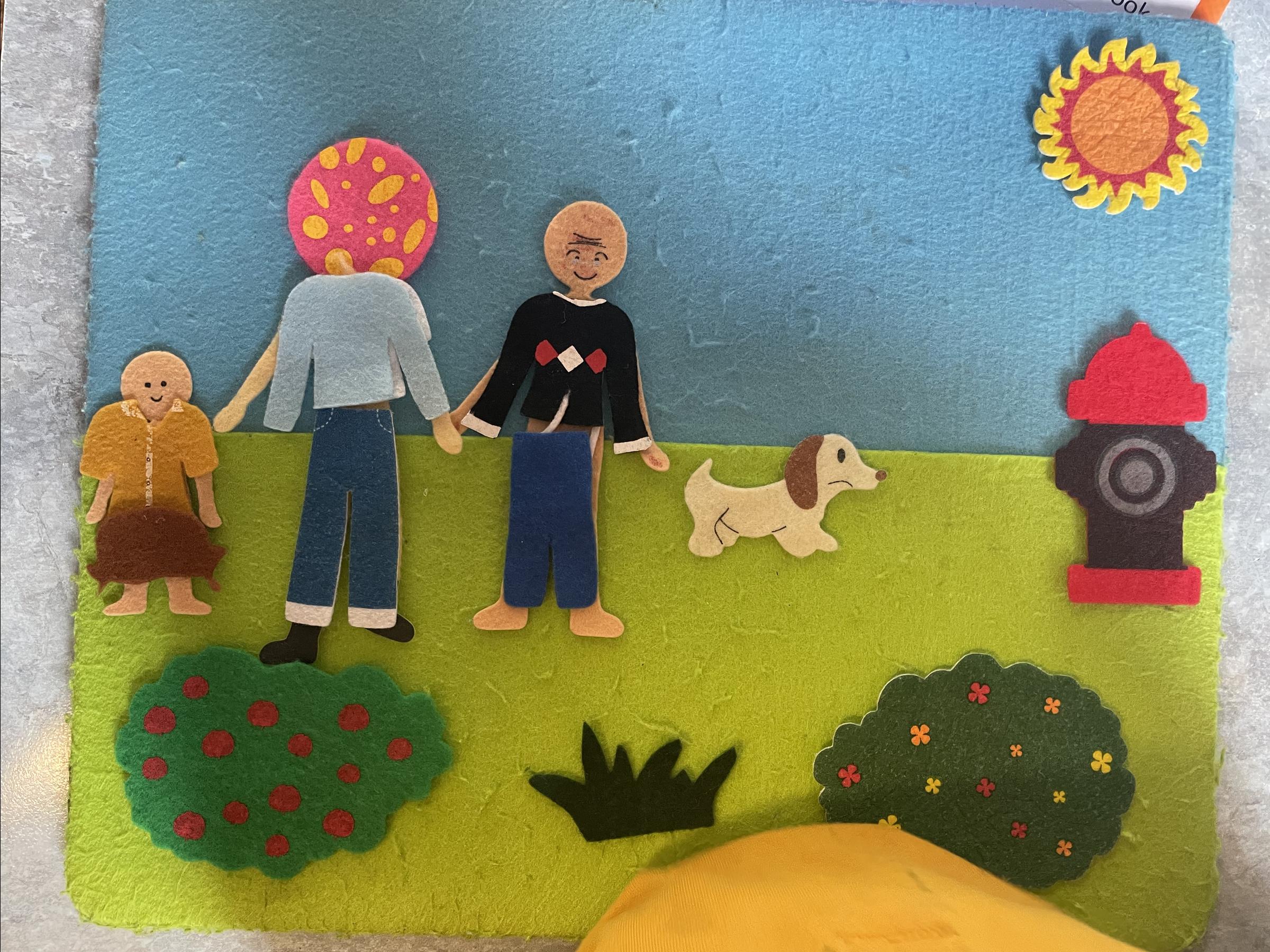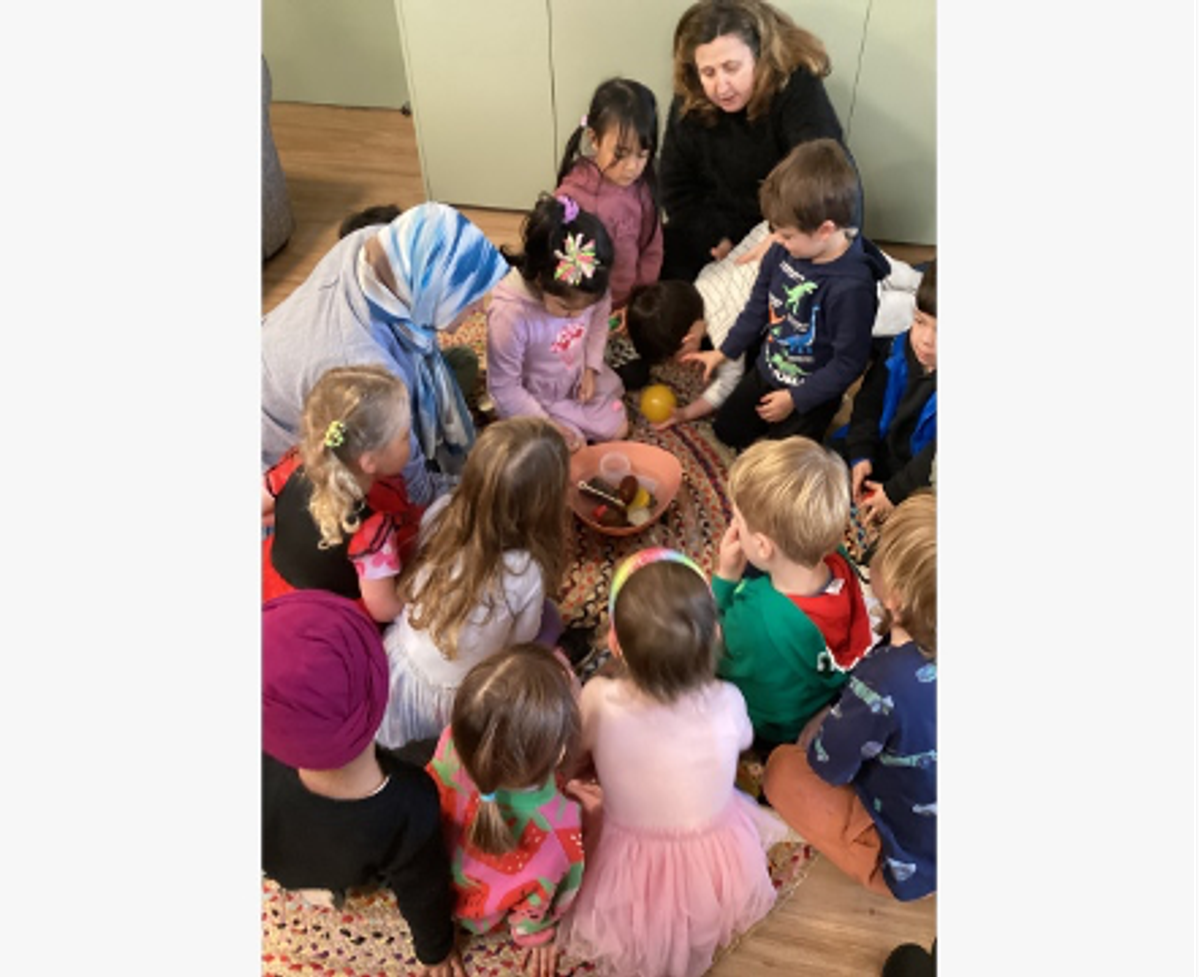Kinder News

Science week
Sinking or Floating
Learning about floating and sinking concepts at group time where the children had turns to pick an item from the basket and predict whether it was going to float over the water or sink under the water. Discussions on what they thought the reason might be behind it. A small pin sank in the water while a big ball floated. We mentioned it is not about how big or small or how it looked, it is about density. Then they went outdoors to experiment freely by themselves.
The Magic of Oil and Food Colouring
Then we extended on the density concept by having a experiment using cooking oil, warm water and food colours.
This activity not only captivated the children’s attention but also provided valuable learning outcomes and children development, such as: hypothesising and observing how oil floated on top of the water and food colours sank into water. This also enhanced the children’s sensory and language development by explaining about what they saw, fostering their creativity and their imagination, also promoting their social interactions by cooperation, turn taking and sharing ideas.
Exploring Chemical Reactions and Color Mixing
As part of our ongoing STEM learning, the children engaged in a science experiment where they explored the reaction between bicarbonate of soda, vinegar, and food coloring.
When asked, "Why is it fizzing?" the children responded with insightful observations:
"Because it has vinegar" - Sanaa A
"Because vinegar is sour" - Mathilde
"Vinegar is making fizzy" - Maud
"I think vinegar is mixing" - Layla
We explained that vinegar contains acid, which reacts with the bicarbonate to create bubbles and fizz. The children also explored color mixing, making discoveries like:
"I make purple—I mixed blue and red to make purple" - Mathilde
"Blue and green make yellow" - Jude
"Green and red make green" - Gabrielle
"Red, green, and blue make black" - Georgia
"Blue and red make black" – Azfar
Exploring Patterns: Understanding How Soap Affects Glue and Food Colouring
As part of our science week and STEM learning, the children had the chance to explore an experiment with glue, food coloring, and soap to create patterns. When we asked them why the color spread out after adding the soap, the children gave some interesting answers:
To help clarify, we explained that when we add soap to the glue with food coloring, the soap changes the thickness of the glue. This causes the food coloring to spread out in different patterns. This activity aligns with the EYLF by encouraging children to explore and understand how materials interact, and how the properties of different substances affect each other. It also supports their learning about fluid movement and scientific concepts through hands-on experience.






